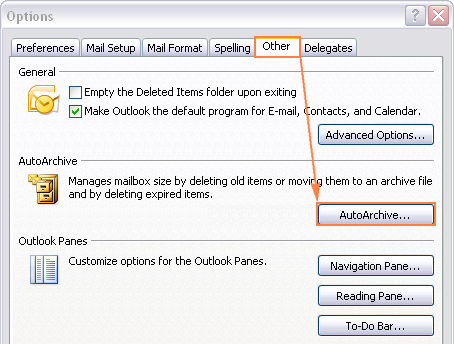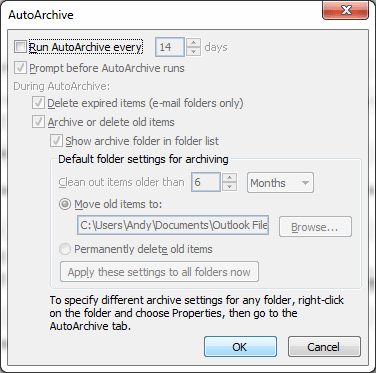

Policy Path: User Configuration/Administrative Templates/Microsoft Outlook 2016/Outlook Options/Preferences/E-mail Options Policy Path: User Configuration/Administrative Templates/Microsoft Outlook 2013/Outlook Options/Preferences/E-mail Options Policy Path: User Configuration/Administrative Templates/Classic Administrative Templates (ADM)/Microsoft Outlook 2010/Outlook Options/Preferences/E-mail Options Policy Path: User Configuration/Administrative Templates/Classic Administrative Templates (ADM)/Microsoft Office Outlook 2007/Tools | Options./Preferences/E-mail Options You can find the policy setting below, depending on your version of Outlook.

The Save copies of messages in Sent Items folder option can be controlled using the Outlook Group Policy setting. Under the Preferences tab, select E-mail Options.Įnable the Save copies of messages in Sent Items folder option. Under the Save messages section, enable the Save copies of messages in the Sent Items folder option. In the Outlook Options dialog, select Mail. ResolutionĮnable the Save copies of messages in the Sent Items folder option by following the steps below for your version of Outlook. The Save copies of messages in the Sent Items folder option in Outlook is disabled.
#Outlook 2016 archive sent items how to#
More information as well as screenshots are at How to use the VBA Editor.After you send an email using Microsoft Outlook 2007 or later versions, a copy of the email message is not saved to the Sent Items folder. If you are using an Application_Startup macro you can test the macro without restarting Outlook by clicking in the first line of the Application_Startup macro then clicking the Run button on the toolbar or pressing F8. (Click within the code, Select All using Ctrl+A, Ctrl+C to copy, Ctrl+V to paste.)Īpplication_Startup macros run when Outlook starts.
#Outlook 2016 archive sent items code#
To use the macro code in ThisOutlookSession: Now open the VBA Editor by pressing Alt+F11 on your keyboard. Note: after you test the macro and see that it works, you can either leave macro security set to low or sign the macro. If Outlook tells you it needs to be restarted, close and reopen Outlook. In Outlook 2007 and older, it’s at Tools, Macro Security. To check your macro security in Outlook 2010 or 2013, go to File, Options, Trust Center and open Trust Center Settings, and change the Macro Settings. Set MovePst = GetFolderPath("NewPST\Sent Items")įirst: You will need macro security set to low during testing. Set Items = Session.GetDefaultFolder(olFolderSentMail).Items If the folder you are moving the sent items to is in a different pst file, you'll need the GetFolderPath function at Use a folder in another pst or Mailbox. This code sample moves the sent messages using VBA, rather than a rule. Set Items = Ns.GetDefaultFolder(olFolderDeletedItems).Items Set Ns = Application.GetNamespace("MAPI") Set Items = Ns.GetDefaultFolder(olFolderJunk).Items To mark messages read as they are moved into a folder within the mailbox, such as the deleted items folder, use the following code sample. Private Sub Items_ItemAdd(ByVal Item As Object) Set Items = GetFolderPath("New PST\Sent Items").Items Private WithEvents Items As Outlook.Items Don't forget to get the GetFolderPath function from Use a folder in another pst or Mailbox. To test this code, click in the Application_Startup module and press Run to start it without restarting Outlook. Paste it and the code below into the ThisOutlookSession module in the VB Editor.Ĭhange this line: Set Items = GetFolderPath("New PST\Sent Items").Items to reflect the data file name in the folder list and the folder name you are moving the sent item to. Because the sent item is not in the default data file, you'll need to use the code at Use a folder in another pst or Mailbox to identify the data file.


 0 kommentar(er)
0 kommentar(er)
